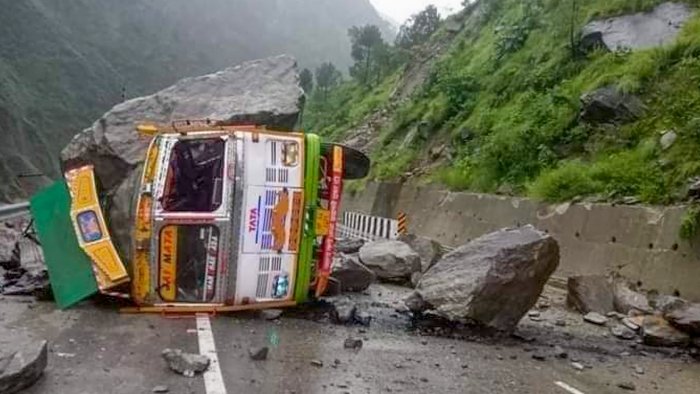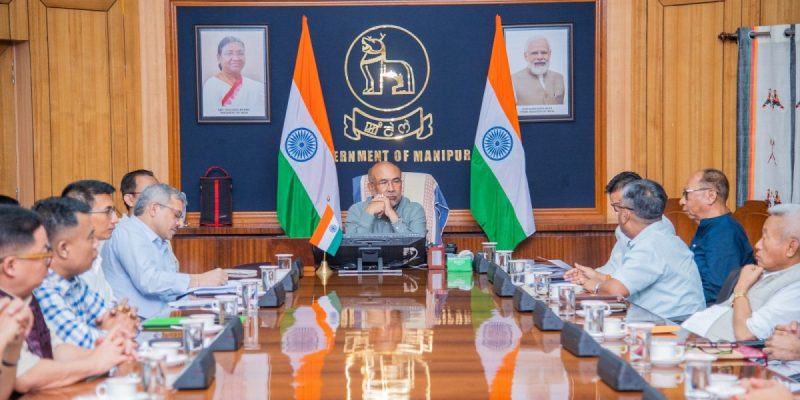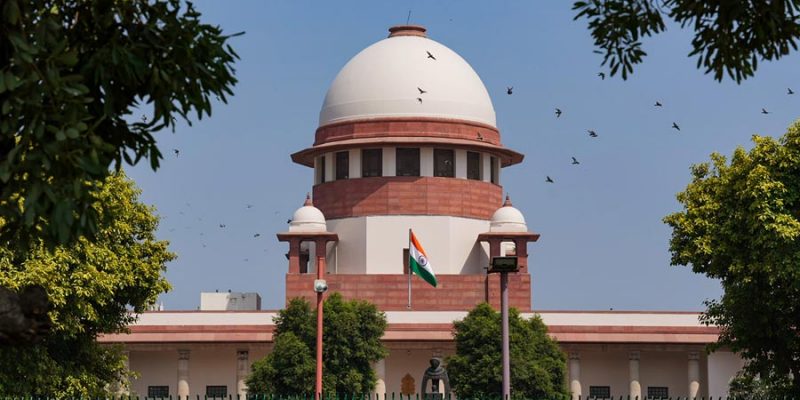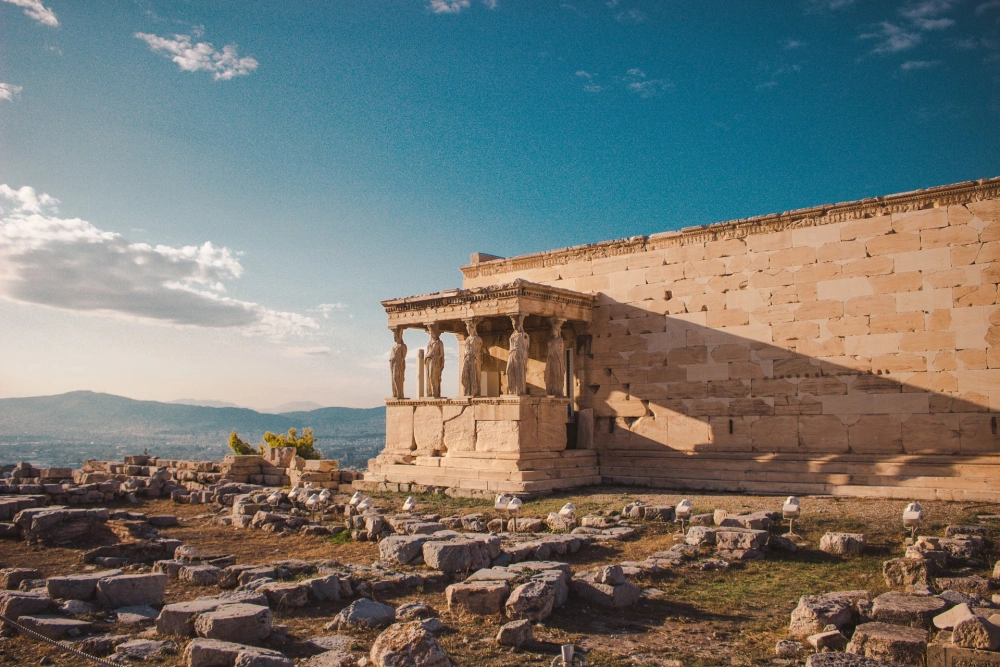Missing From the Himachal Poll Discourse – the Climate Crisis

Chandigarh: Elections to two states are coming up and what is largely missing is the political discourse on climate change even though it has left a severe impact on people.
In Himachal Pradesh, its effects are particularly visceral.
In the last five years since 2017, 5,935 people have lost their lives, 10,677 have been injured while the state has suffered losses worth over Rs 8,000 crore due landslides, flash floods, cloudburst and other disasters, revealed the latest report by the Himachal government’s disaster management cell.
Rs 1,500 crores were lost – but this is only the amount corresponding to damage to food grain and horticulture crops, both of which are already suffering from extreme climate variability.
This year’s monsoon was particularly destructive. Heavy rainfall in Kangra (346.6 mm) and Dharamshala (333.0 mm) broke all records, the state Met department report said.
On the other hand, there was drought in in HP’s Lahaul and Spiti district with over 50% loss of crop in as many as 76 villages.
The state received 94 landslides with Shimla topping the chart with 18 events followed by Kullu (15), Lahaul and Spiti (14), Mandi (13), Sirmour (11), Chamba (10) and Bilaspur (06).
As many as 14 cloudburst incidents were also reported with Kullu topping the chart with five events, followed by four in Chamba and two in Kinnaur.
Overall, the loss and damage was to the tune of Rs 2,500 crore, almost 5% of the Rs 51,000 crore state budget passed for 2022-23.
The problem is that these events are bound to increase, as many studies predicted.
The Center for Study of Science, Technology and Policy – a Bengaluru-based think tank – claimed in its latest report that an increase in the occurrence of heavy rainfall events is projected in a majority of the districts in Himachal between 2021-2050.
Also read: Are Lahaul’s Farmers the Newest Victims of Climate Crisis?
Besides, it added that the state is going to be much warmer both in summer and winter months by 1°C to 1.5°C, which may prompt early melting of glaciers.
A 2021 study by a team of glaciologists from the Indian Institute of Science (IISc), Bengaluru, stated that the Spiti basin of Himachal is more susceptible to climate change, as it has shown a higher rise in temperature than other parts of the state. The basin has observed a mass loss of 8.89 Gt from 1985 to 2013, it added.
What is promised and what is not?
Despite such huge destruction, political leaders cutting across parties have hardly spoken about the issue in their public rallies and speeches ever since the campaign for the November 12 polls took off last month.
The issue, however, did find some space in the poll manifestos of both Bharatiya Janata Party and Congress – two parties with major and traditional political presence in Himachal. The two have interchangeably ruled the state since 1990.
BJP has emphasised on setting up a flood warning system and landslide warning mobile application besides conducting research to understand and mitigate the problem of avalanches.
Congress, on the other hand, focused mainly on framing a new forest and environment policy besides implementation of Scheduled Tribes and Other Traditional Forest Dwellers (Recognition of Forest Rights) Act, 2006, better known as Forest Rights Act (FRA).
Also read | 15 Years of FRA: What Trends in Forest Rights Claims and Recognition Tell Us
A media statement issued by Himachal-based NGO Himdhara Collective, stated that out of 55.9 lakh electors (the total number of listed voters in 2022) in the state, at least 70% of them are potential claimants under FRA.
But so far only 3,000 individual forest rights claims have been filed across the state, of which not more than 429 titles have been distributed after a relentless people’s campaign, it added.
According to Manshi Ashar, convener of Himdhara Collective, barring the FRA clause, most of the recommendations by political parties are cosmetic in nature.
She told The Wire that promises for an early flood warning system or landslide warning mobile application are addressing the symptoms, not the real cause.
She said in the name of climate mitigation, big hydro projects are being pushed in the state, which are intensifying events like landslides and avalanches due to weakening of mountains, change of land use and diversion of huge forest land.

The Bhakra Nangal Dam. Photo: KawalSingh/Wikimedia Commons, Public Domain
While funding for most of these projects comes from global and national agencies, states like Himachal refuse to bring safeguards to deal with issues emerging from it and there is no focus even now, she added.
The people in places like Kinnaur are opposing big projects but political parties are silent, she added According to her, the right approach to deal with the climate crisis is to change the economic model from big projects to agro-forestry and agro-based industry.
“We need to promote pastoralism and horticulture, give more forest rights to communities, develop forest based industry and work on reusing shallow and waste agriculture land, which will also help generating employment,” she added
Yogendra Mohan Sengupta, an environment activist from Shimla told The Wire that one reason why large-scale climate destruction could not prompt political parties to bring the right agenda is more to do with social amnesia.
He said the level of sensitivity among the citizens is low when it comes to climate and environment issues. “People often don’t relate to an event or crisis unless it directly impacts them,” he added.







